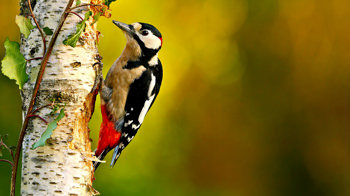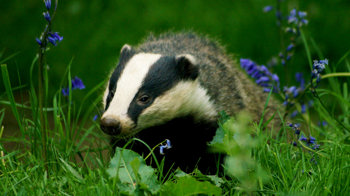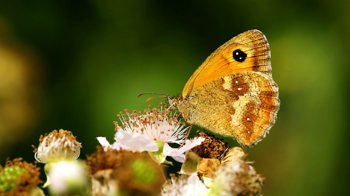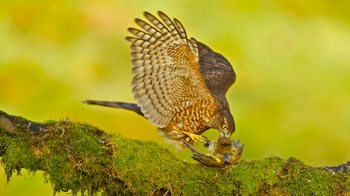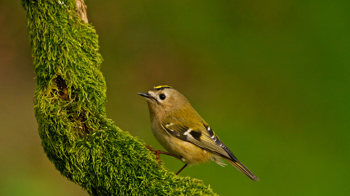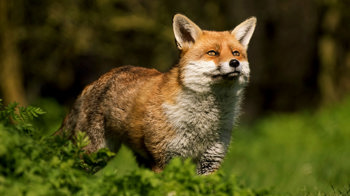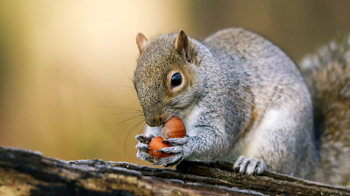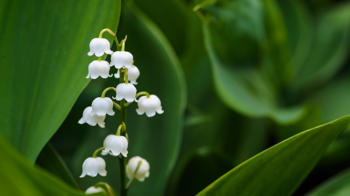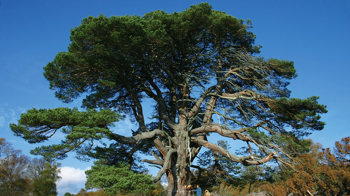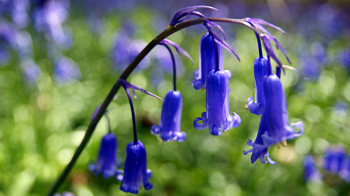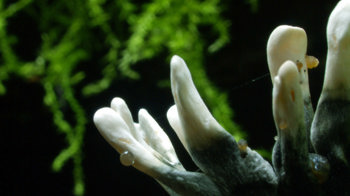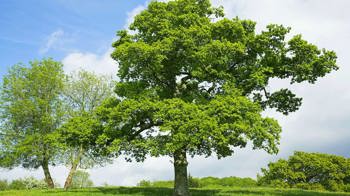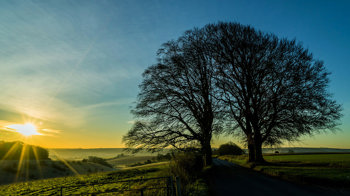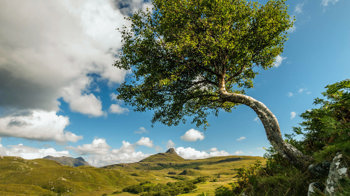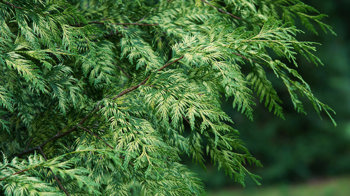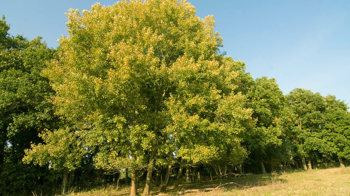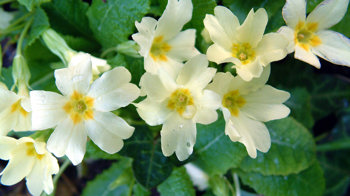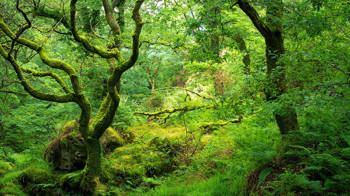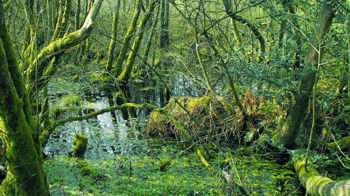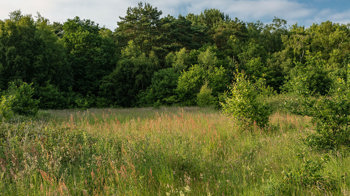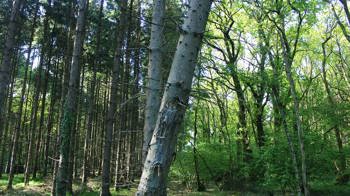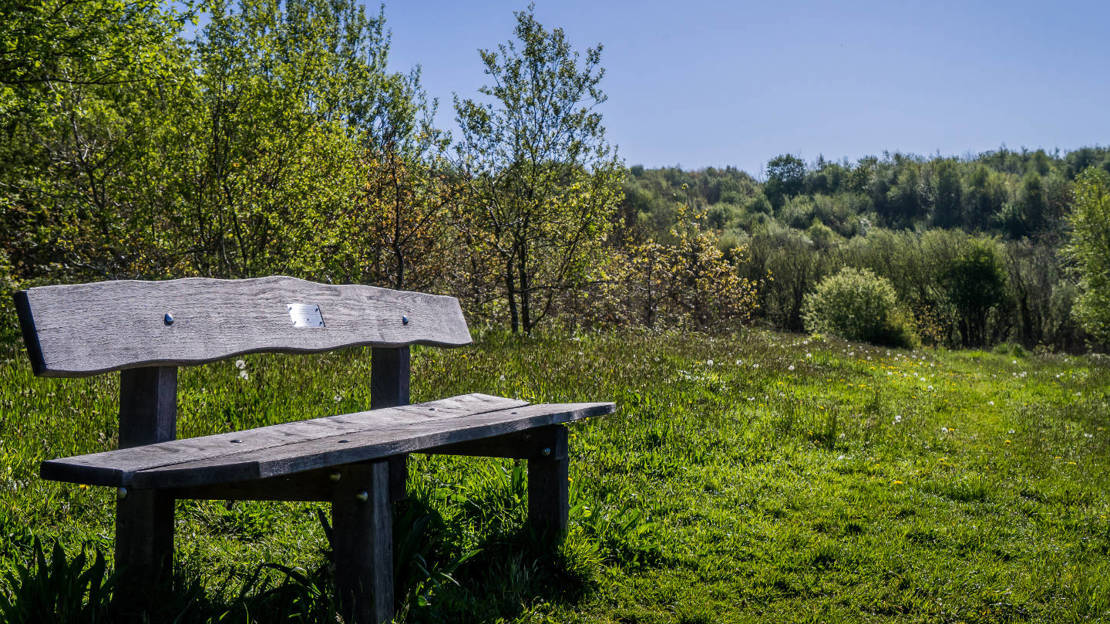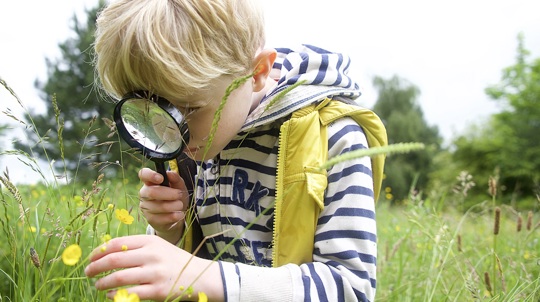Many of the paths within the woodland have short, steep or muddy sections and are not suitable for all abilities. However, Martinshaw Wood does provide wheelchair access via a 1.6km (1 mile) circular all-ability access track located in the eastern portion of the woodland, starting from Groby Community College, running north. This footpath links both to the main east-west ride and an additional loop through the trees which are both suitable for all abilities.
There is an entrance from the carpark through a wooden kissing. Beyond the entrance there is a surfaced track. This track also accommodates the Sustrans bridleway for both bicycles and horses. The eastern side of the wood can also be accessed from the car park by using the bridge over the motorway.
Access from the Groby side is via pedestrian entrances at the northern end of Woodlands Drive and the public footpath at the back of Groby Community College off the southern end of Woodlands Drive, Groby.
All entrances to the eastern, Groby side of the wood are via large kissing gates with RADAR access. After 100 metres there is a gate where the bridleway turns left and crosses the south-west corner of Martinshaw to Markfield Road and the western section of the Sustrans route through Pear Tree, Burroughs, Polebrook and Crow Woods and then to Thornton. Where the bridle path turns left there is access to a further section of surfaced track which extends for 0.8km (0.5 miles).
There are plenty paths and rides throughout the western section of the wood and although many are broad, the grassed surface is often soft and unsuitable for wheelchairs or pushchairs.
















